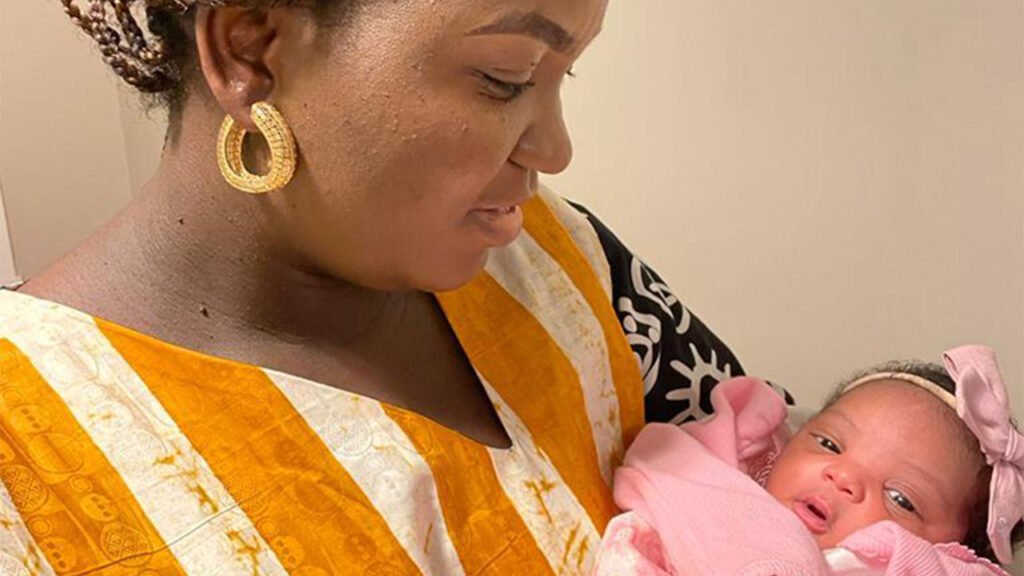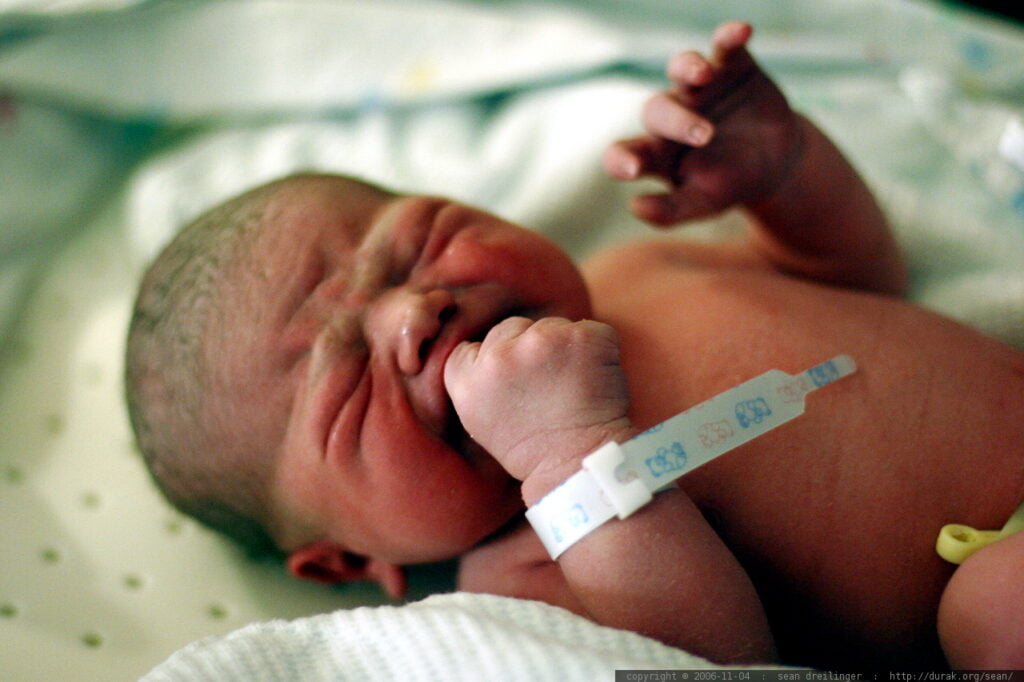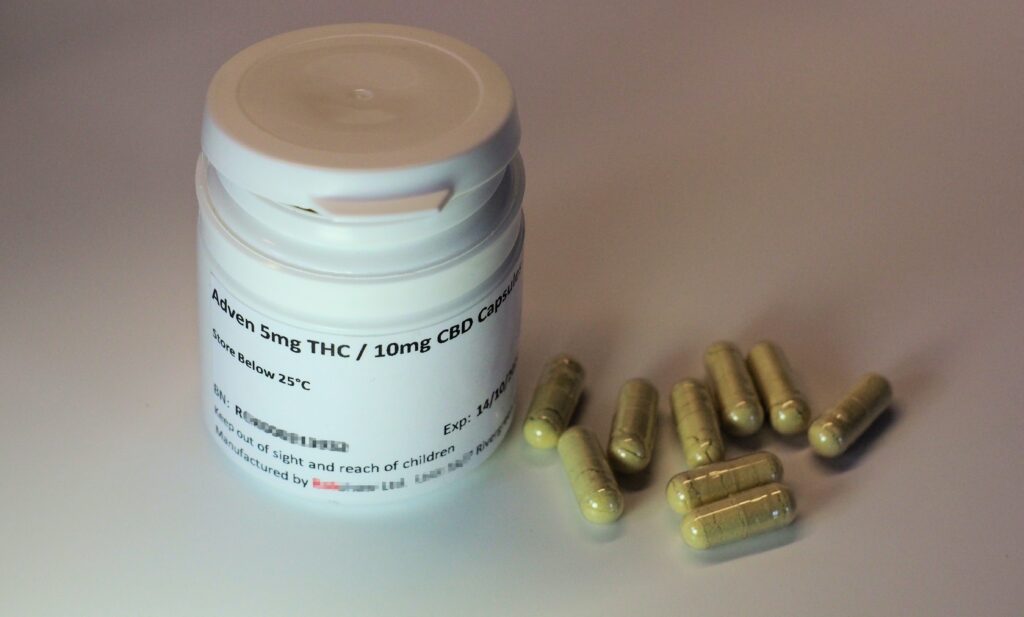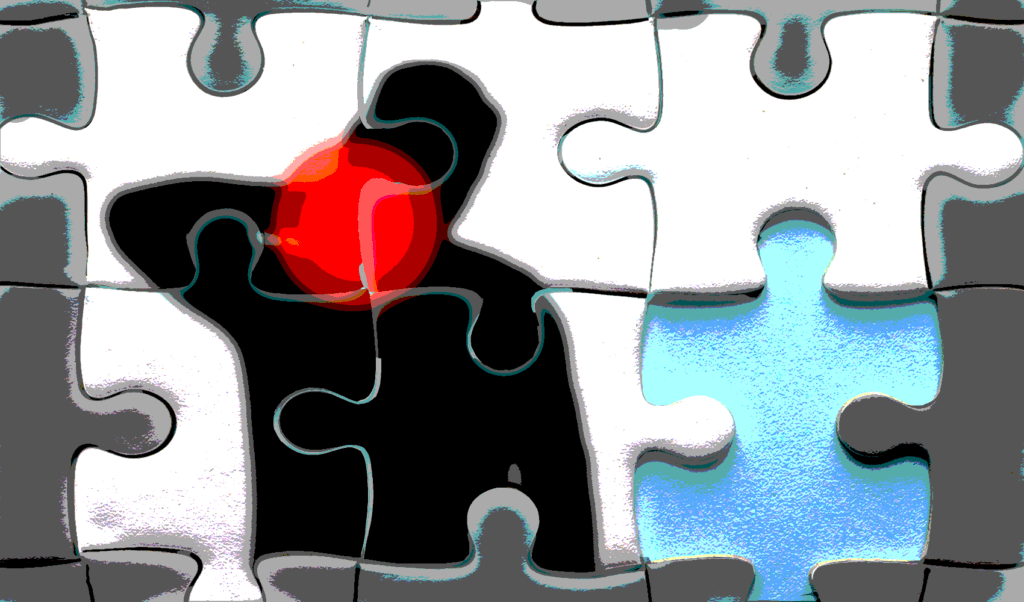Is it possible to trick the brain into thinking a placebo will help reduce pain? The signs are good.
 Regardless of how they work, placebos are already in place in most clinics today, serving to support the effectiveness of routine medical treatments. : Towfiqu barbhuiya / Unsplash Unsplash Licence
Regardless of how they work, placebos are already in place in most clinics today, serving to support the effectiveness of routine medical treatments. : Towfiqu barbhuiya / Unsplash Unsplash Licence
Is it possible to trick the brain into thinking a placebo will help reduce pain? The signs are good.
Pain is more than a sensory experience. It is an innate survival mechanism with the power to protect and teach us how to engage with the world around us.
It is that first experience of touching a hot stove that keeps us wary in the kitchen, the first recovery from an injury that keeps us coming back to doctors for help, and the first heartbreak that helps us learn strategies for future loss. Pain is more than just sensation, but incorporates emotional and cognitive components as well.
These myriad dimensions of pain are not only what gives rise to its unique subjective experience but also what researchers and doctors leverage when generating placebo effects. In relation to pain, placebo analgesia is when the brain is “tricked” into thinking an inert substance will work to reduce pain, and does.
This idea that pain can be reduced without using actual painkillers has been extensively researched for around 80 years since it was first observed during World War Two.
While the details are sometimes disputed, the placebo effect was discovered when American doctor Henry Beecher, having run out of morphine to treat wounded soldiers, administered an inert saline solution instead. After telling the wounded the saline was actually morphine, and administering it in an identical manner, he found some soldiers reported a reduction in pain symptoms, enabling their safe medical evacuation. Placebo effects have now been extensively studied in a variety of settings, with a particular focus on their potential clinical utility.
The first breakthrough in placebo research came from the field of psychology, where it was shown that placebo analgesia is formed primarily via a combination of classical conditioning and expectations of improvement.
Classical conditioning, made famous by Pavlov’s dogs, is when associations made repeatedly between a cue (a bell) and an outcome (dinner) strengthen over time. Eventually, exposure to the cue alone triggers a response (drooling).
Think of the cliche doctor in a white coat, stethoscope draped around their neck. This adornment alone is enough to trigger associations that “this person has been trained to treat my pain”, often conjuring hope and a willingness to listen to their planned course of action.
These ritualistic components have experimentally been used to bolster placebo analgesia, with Venezuelan pain researcher Angel Ortega and colleagues recounting the myriad psychological, neurological and endocrine changes in response to the patient-doctor relationship. Any improvement from these ritualistic associations likely dovetail with positive expectations of going to the doctor.
One of the most curious phenomena is “observationally-aquired” placebo effects. A 2019 report by German researcher Lieven Schenk and colleagues says that a patient, having watched someone apply a pain-relief cream, will experience relief when the cream, despite being a placebo, is administered to them. This phenomena is uniquely devoid of any conditioning effects, as the second participant has formed their own expectations over the effectiveness of an — unbeknown to them — inert treatment.
Human brain imaging studies then began exploring this phenomenon to better understand placebo responses. What became clear is placebo analgesia is causing a real effect on the perception of pain. Countless brain imaging studies which show altered neural activity when patients believe they are receiving treatment.
The “source” of placebo seems to be from a structure connecting the spinal cord and the brain known as the brainstem.
While animal investigations conducted in the late 1970s and 80s had revealed the mammalian brainstem capable of reducing incoming painful sensations it was not yet known if these same pathways or neurochemicals played a role in the human phenomena of placebo analgesia.
Landmark investigations led by American researcher Tor Wager and German Falk Eippert were the first to demonstrate that not only was placebo analgesia associated with reductions in key pain-processing regions of the brain, but also with changes in brainstem pain centres, and even altered activation at the level of the spinal cord itself.
Since then, there have been multiple investigations into the nuances of placebo analgesia. Associations have been made with how optimistic people are, particular genetic profiles, and even cardiovascular systems. Yet no one study has fully and definitively settled the question of what makes a person respond to placebo.
Regardless of how they work, placebos are already in place in most clinics today, serving to support the effectiveness of routine medical treatments.
The inherent deception required to elicit placebo analgesia may mean it is never an ethical option for practising doctors.
But the research shows the effectiveness of most pharmacological and non-pharmacological therapies can be enhanced with specific steps: positive patient-experimenter interactions; previous effective encounters with certain brands of medication; as well as open and thorough explanations of the potential effectiveness of treatments. These together form the power of the placebo.
Lewis Crawford is currently conducting a PhD at the University of Sydney, investigating the neural mechanisms behind placebo analgesia and nocebo hyperalgesia. His research focuses specifically on brain imaging, using high powered Magnetic Resonance Imaging to look at brainstem pathways connecting the cortex to the spinal cord, and how the small nuclei which make up these pathways drive these pain-modulatory phenomena.
Originally published under Creative Commons by 360info™.













